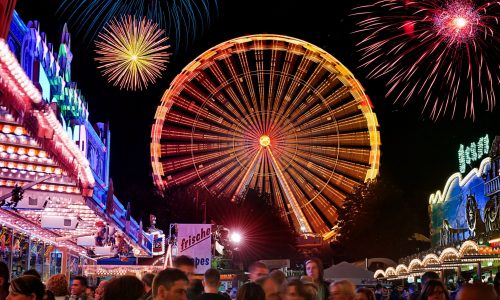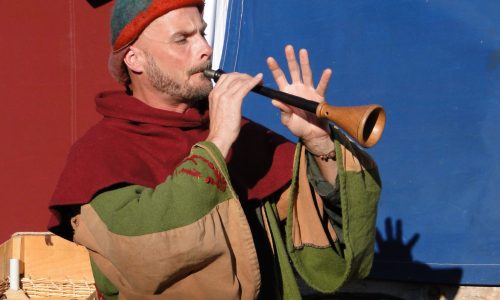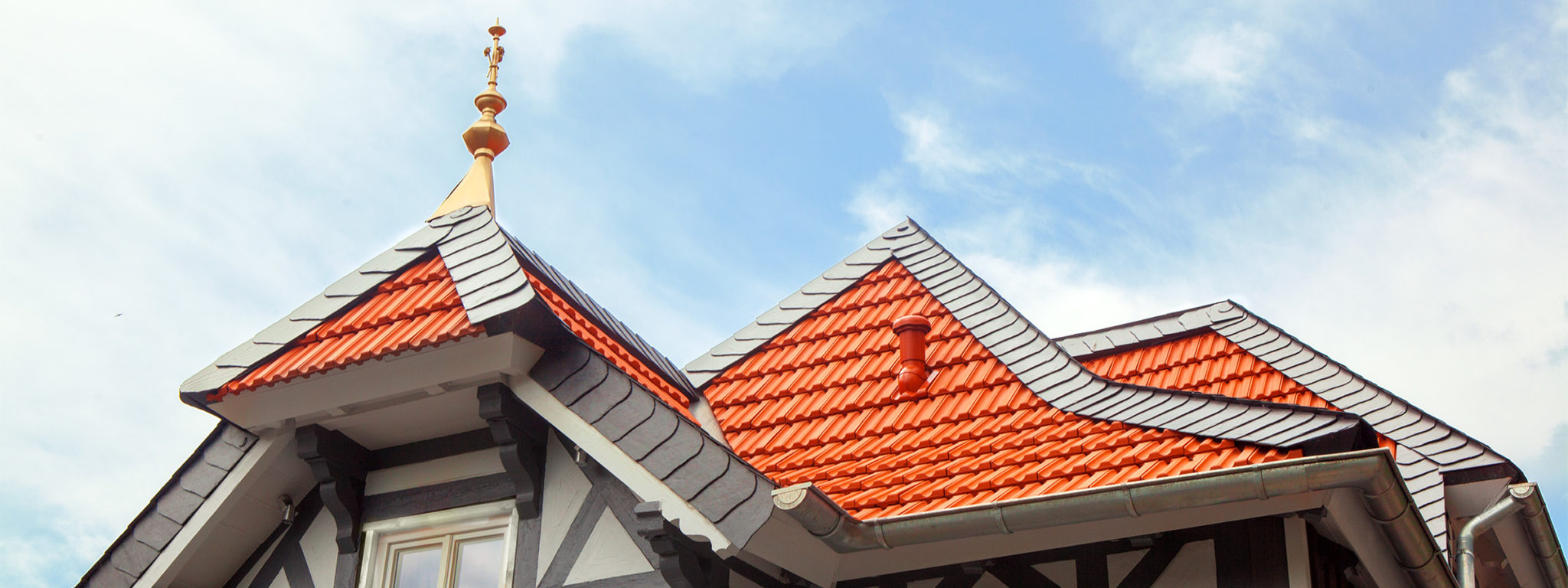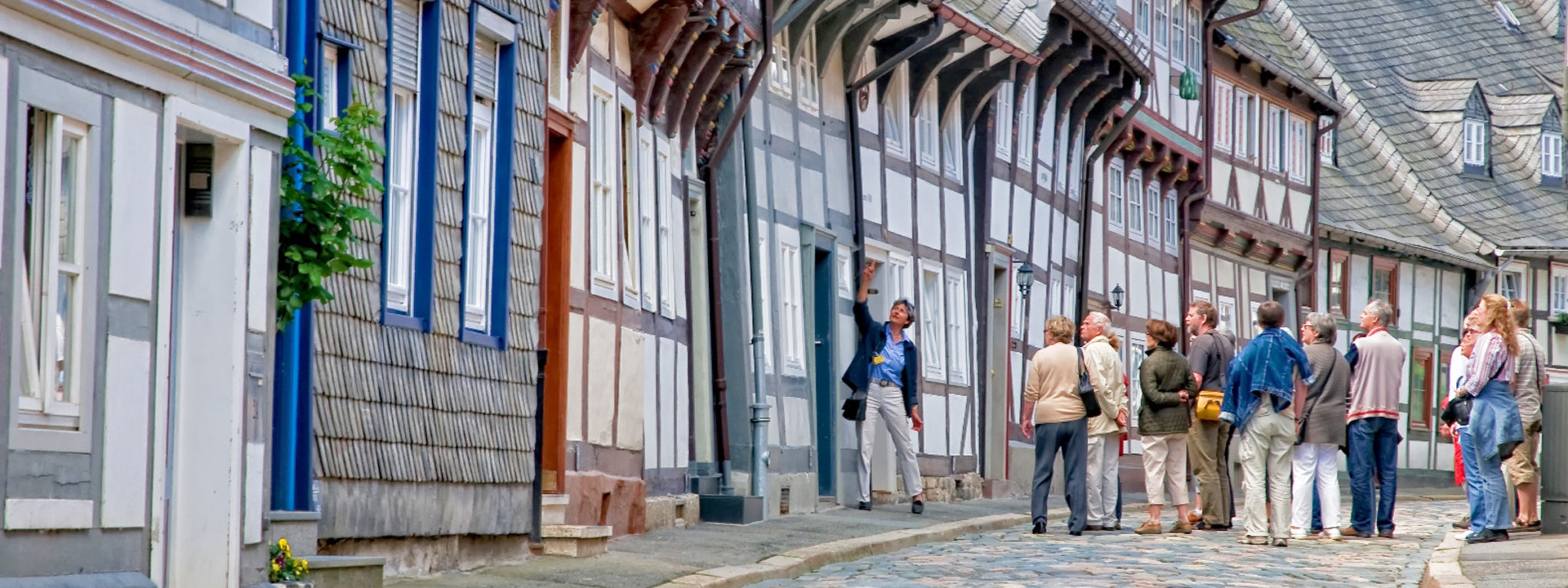Goslar & Surroundings
STORIES SIGHTSEEING AND MUCH MORE IN GOSLAR AND AROUND GOSLAR
Goslar is located 85 kilometres south of Hanover, 81 kilometres north of Göttingen, at the northern rim of the Harz Mountains (highest part of Central German Uplands), next to Saxony -Anhalt and Thuringia in the east respectively south-east , in the west to Hesse and North Rhine-Westphalia.
The old town of Goslar, The mines of the Rammelsberg Mining Museum and the Upper Harz Water Management System have been classified World Cultural Heritage of the UNESCO.



| 922 | Foundation of town by King Heinrich I. according to a medieval chronicle. |
| 10th Century | Organized, further developed mining at the Rammelsberg which had been carried out for many centuries before. |
| Around 1015 | Goslar became an imperial town, one of the most important seats of imperial power in the realm. During numerous imperial reunions “history is written”, emperors and kings pay their visit to town. |
| 13th & 14th Century | Goslar is member of the Hanseatic League, an important trade organisation developing an economic area on unprecedented scale, and a free imperial city. |
| Around 1450 | New phase of prosperity for mining and town. Change of the townscape with impressive guild halls which has been persevered until today. |
| 16th century | Begin of decline caused by the loss of ownership and rights of Rammelsberg mining. A new upswing of economy is achieved as late as in the 2nd half of 19th century. |
| 1988 | Mining of ore at the Rammelsberg is closed down after more than 1000 years of operation. One of the largest and most original industrial museums is created. |
| 1992 | UNESCO classifies the ensemble of the Rammelsberg and historic town of Goslar in the list of UNESCO world cultural heritage sites. |
| 2010 | Extension of the UNESCO-world heritage site by „Upper Harz Water Management System“ |
| Sights | Opening hours |
| Rammelsberg – Museum & Visitor’s Mine | Daily from 9:00 am – 06.00 pm Last guided tour underground from 04:30 pm, closed on 24 December www.rammelsberg.de |
| Kaiserpfalz (Imperial Palace) | April to October: 10:00 am : 05:00 pm November to March: 10:00 am – 04.00 pm www.goslar.de |
| Goslarer Museum | April to October: 10:00 am – 05:00 pm November to March: 10:00 am – 04:00 pm www.goslar.de |
| Zinnfiguren Museum (Tin Figure Museum) | April to October: 10:00 am – 05.00 pm November to March: 10:00am – 04.00 pm Closed on Mondays www.zinnfigurenmuseum-goslar.de |
| Museum of Modern Art | Tuesday to Sunday 10: 00am – 05.00 pm Closed on Mondays www.moenchehaus.de |
| Huldigungssaal Hall of Fame | Open from 28 March to 03 November and 27 November – 31 December 2013. Closed on 24 December Monday to Friday 11:00 am – 03:00 pm Sat, Sun, bank holidays 10:00 am – 04.00 pm www.goslar.de |
| Museum in Zwinger | 15 March 31 October: 11:00am – 04:00 pm Closed on Mondays 01 November to 14 March: from 5 Persons on request www.zwinger.de |
… in Goslar
Maltermeister Turm: The round tower at the Rammelsberg above Goslar built in the 14th century is the oldest building of the pitheads of the close mine. Today the Maltermeister Turm is a restaurant with a unique panoramic terrace offering a breathtaking view onto Goslar.
Steinberg Alm: A beautiful view onto Goslar is offered from the Steinberg Alm zum Rösner. With hearty meals in rustic ambience you may sustain yourself after a hiking tour for the return way or do a „Yodelling Diploma“.
Walderlebnispfad Goslar: Entspannung und Spaß in freier Natur auf einer Wegstrecke von ca. 3 km. Mit seinen einzigartigen Möglichkeiten fordert der Pfad Jung und Alt, Groß und Klein dazu auf, die Natur hautnah und mit allen Sinnen zu erleben.
…and Surroundings
Liebesbankweg Hahnenklee (Path with so-called love benches): The hiker expects an individual round tour trail with “loving” benches and dwelling zones, experiences for the whole family, picturesque Upper Harz ponds, colourfully blooming mountain meadows and forest restaurants inviting to make a stop. The Liebesbankweg is the first premium hiking trail in the Harz Mountains and Lower Saxony.
Upper Harz Water Management System: Upper Harz Water Management System is deemed to be one of the worldwide largest pre-industrial energy supply systems. The water management system is composed of 107 historic ponds, 310 kilometres of channels and 31 kilometres of watercourses. The water is collected, stored and discharged – for example into one of the drinking water reservoirs of the Harz Mountains. The paths at the channels are very popular with hikers and walkers. In 2010 the Upper Harz Water Management System was listed in the UNESCO World Cultural Heritage and thus the trio of historic town of Goslar, Rammelsberg Museum & Visitor’s Mine and Upper Harz Water Management System was completed.
Kloster Wöltingerode: In 1174 the convent of Wöltingerode near Vienenburg was founded and became one of the most significant convents in Northern Germany. Beside the books and codices highly appraised by experts Wöltingerode was famous for its excellent liqueurs and convent’s schnapps as early as from 1683!
National Park Harz: many untouched nature elements such as pithead stocks, moss and bogs, rivers and forests have been preserved here. Rangers of the National Park present the scenic attractions during guided tours.
Please find further destinations at www.goslar.de.
Last update January 2013 – subject to change-
Historic Town of Goslar
The historic town of Goslar was listed into the World Cultural Heritage of The UNESCO in 1992 due to its special state of preservation with its more than 1500 half timbered houses from different periods. Numerous exciting tours (in German) on special topics as for example the Merchant Berthold or Monk Wilfred let revive medieval history.
The Rammelsberg mountain where ore was exploited for more than 1000 years, is one of the most outstanding industrial monuments of Europe and numbers among the UNESCO-World Cultural Heritage since 1992. The mines were closed in 1988 and turned into a museum and visitor’s mine. Here you will get a unique insight into the history of mining from the beginning to (almost) nowadays time.
Kaiserpfalz and Entrance Hall of Cathedral
The majestic Kaiserpfalz, an imperial palace erected between 1040 and 1050 is a must for every Goslar visitor. More than 2000 years German history was written here during the many imperial reunions and court days. Almost at the same time Heinrich III. had the collegiate church St. Simon and Judas built at the foot of the hill opposite to the imperial palace.
In 1820 the church, fallen in a state of dilapidation, was torn down, only the entry hall directed to town was left over. In the Kaiserpfalz numerous concerts and top class events take place as for example the awarding of the art prize Kaiserring.
The Huldigungssaal in Goslar town hall was built from 1505 and1520 as reunion room for the Goslar councillors. It is a unique treasure of late Gothic art, every individual painting is an artefact of high quality, integrating into a great overall impression. You may experience this Hall of Homage in an originally reconstructed replica, in which the visitors take place on the benches of the honourable councillors.
The ten ore stones – each one stands for a century of close connection between mining and the city of Goslar bridging the gap between former times and today. Every stone distributed in town bears the hand print of a miner being a metaphor for the miners’ work.






